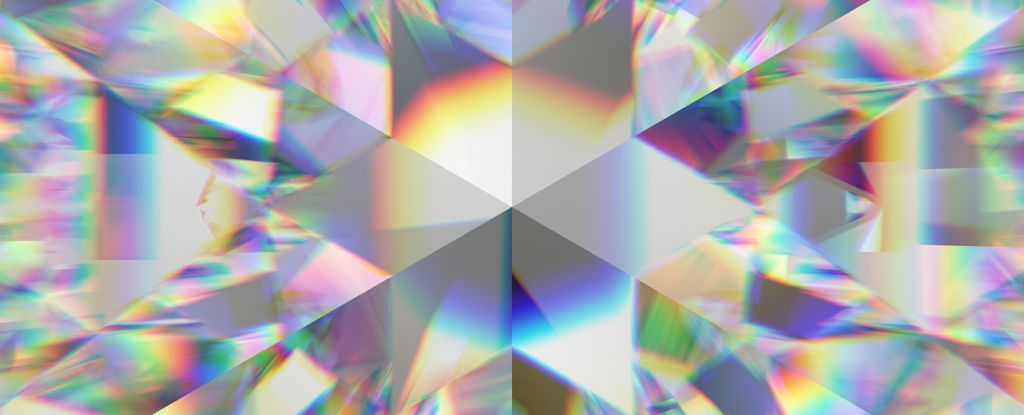Scientists have blown up a bunch of atoms like balloons to make an extreme version of an 'impossible' . By blasting rubidium atoms with lasers, physicists have excited them into a puffy in an experiment that results in the exotic known as a . This, the team says, opens up a new way to explore the properties of time crystals, as well as phenomena such as quantum fluctuations, correlation, and synchronization – an important factor in .
by US theoretical physicist , time crystals are movements of particles that repeat in a temporal dimension, similar to how crystals like diamond and quartz are patterns of particles repeating in space. While the original theory described patterns repeating in a 'perpetual' fashion, 'temporary' versions have been and in by . In these, oscillating patterns that are distinct from any external rhythms imposed on the crystal can be measured.

This new kind of has been generated from a room-temperature gas of rubidium atoms confined in a glass container. A team of physicists led by Xiaoling Wu, Zhuqing Wang, and Fan Yang at Tsinghua University in China used laser light to excite the atom to Rydberg states. That's when the energy is added to the atom in such a way that the outermost electrons describe larger orbits around the nucleus, essentially puffing the atom to up to hundreds of times its normal radius.
That's still pretty small from our point of view, but it has an interesting effect on the way the atoms interact when they're all clustered togeth.
















